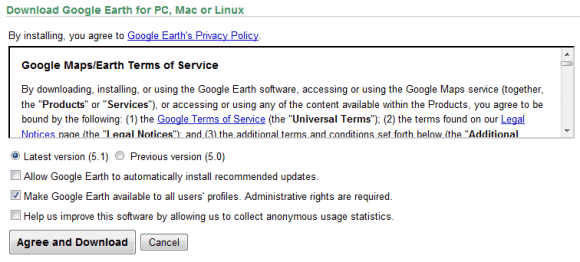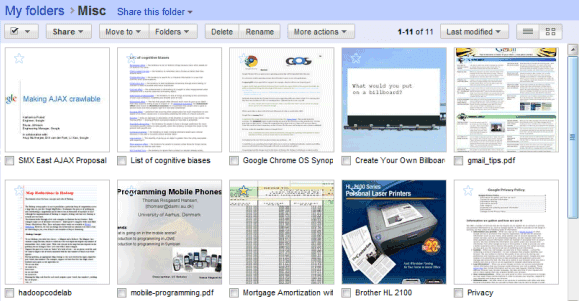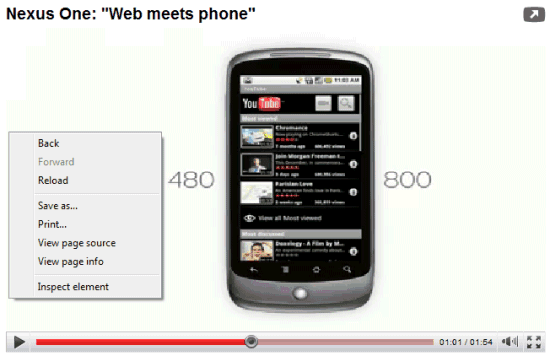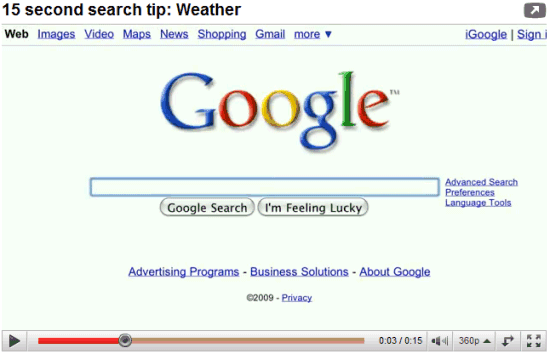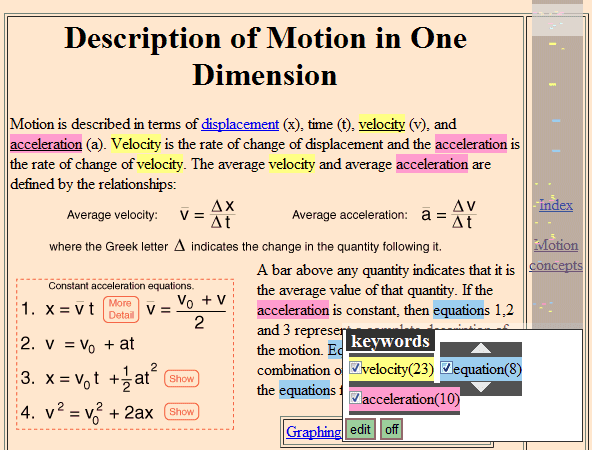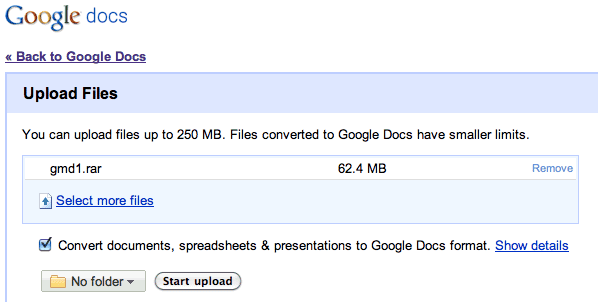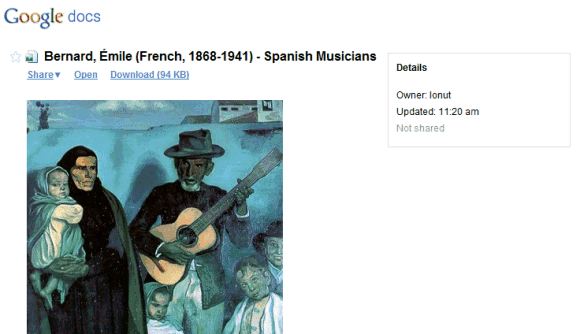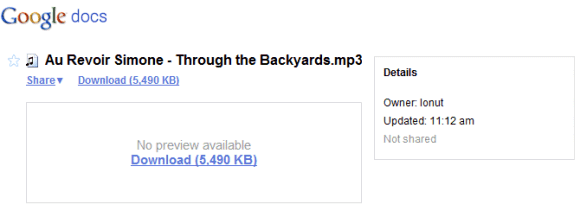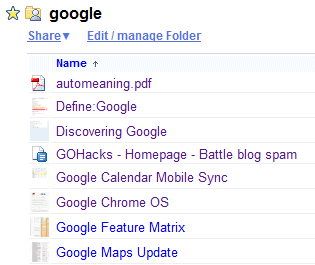The Windows version of Google Chrome 4 is
out of beta and you can finally try the features that were previously available in Chrome's beta and dev channels. Google will automatically update the browser to the latest version (4.0.249.78), but you can also click on the wrench button, select "About" and manually update the browser.
The most important feature released in Google Chrome 4 is the support for
extensions. Chrome extensions are easier to create than Firefox extensions because they're nothing more than web pages that use Chrome's APIs. That's why you can install or disable extensions without having to restart the browser, that's why extensions use separate processes and this is one of the reasons why Chrome extensions are more limited and don't have a consistent interface.
Google Chrome has built-in support for user scripts, so you don't need to install an extension like Greasemonkey. Chrome can convert user scripts into extensions, so many Chrome extensions are just glorified Greasemonkey scripts.
To install an extension, visit
Google Chrome's extension gallery and pick one of the 1,861 extensions that are currently available. Here are some of the most useful extensions that add missing features to Google Chrome:
1.
RSS Subscription Extension. Detecting and previewing feeds is a standard feature in most browser, but not in Google Chrome. This extension shows an orange icon in the Omnibox when it detects feeds and lets you subscribe to one of the feeds using your favorite feed reader. You can select one of the popular feed reader that are available by default (Google Reader, iGoogle, Bloglines and My Yahoo) or you can add another feed reader.

2.
Email this page. Firefox's contextual menu has an option called "send link" that lets you send a link to the current page using your favorite mail client. This extension has a similar functionality, but it only lets you pick the default mail client and Gmail.
3.
Google Dictionary shows the definition of a word when you double-click on it. It only support monolingual dictionaries and a small number of languages, but it's useful if you want to find the definition of a word without opening a new page.
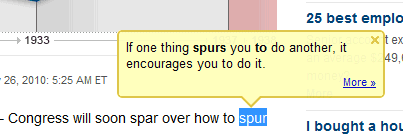
4.
Docs PDF/PowerPoint Viewer - a simple extension that detects the links to PDF, PPT and TIFF files and opens the files in Google Docs, so you can view them without installing additional software.
5.
Slideshow - a great way to view the images from sites like Flickr, Picasa Web Albums, Facebook, and Google Images in a slideshow.
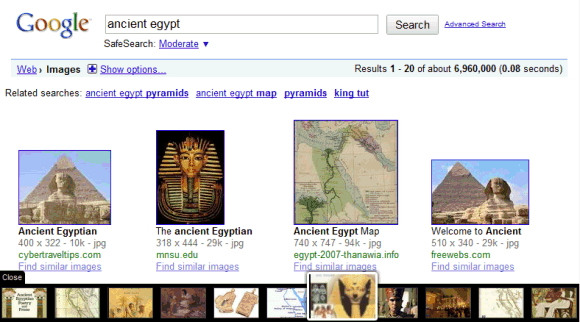
6.
Empty New Tab Page - a simple extension that replaces Chrome's new tab page with a blank page.
7.
FlashBlock disables Flash content for all web pages and replaces it with a placeholder. Click on the placeholder and you'll enable the Flash element. This way, you'll no longer see Flash ads, annoying Flash animations and other unnecessary objects that slow down your browser.
8.
AdBlock hides ads using frequently-updated filter lists. You can whitelist domains and subdomains using Ctrl+Shift+L.
9.
Secure Login Helper redirects you to the HTTPS login pages for sites like Twitter, Facebook and Twitter.
10.
Smooth gestures - use mouse gesture to perform actions like going back one page, going to the top of a page or opening the last close tab. Mouse gestures are intuitive and you can customize them.
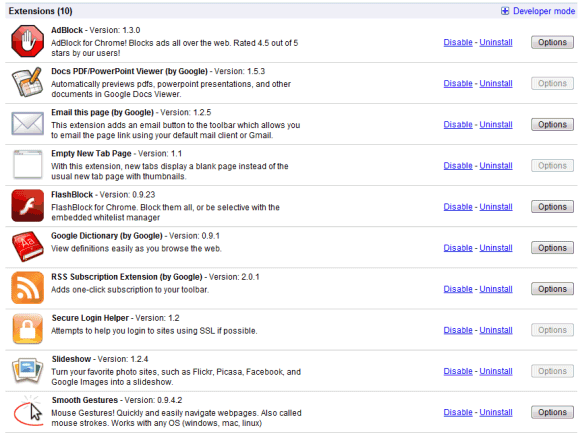
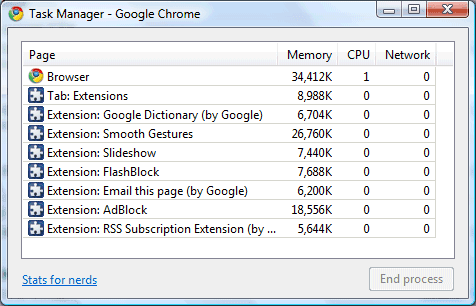
If you found other great Chrome extensions, mention them in a comment.



